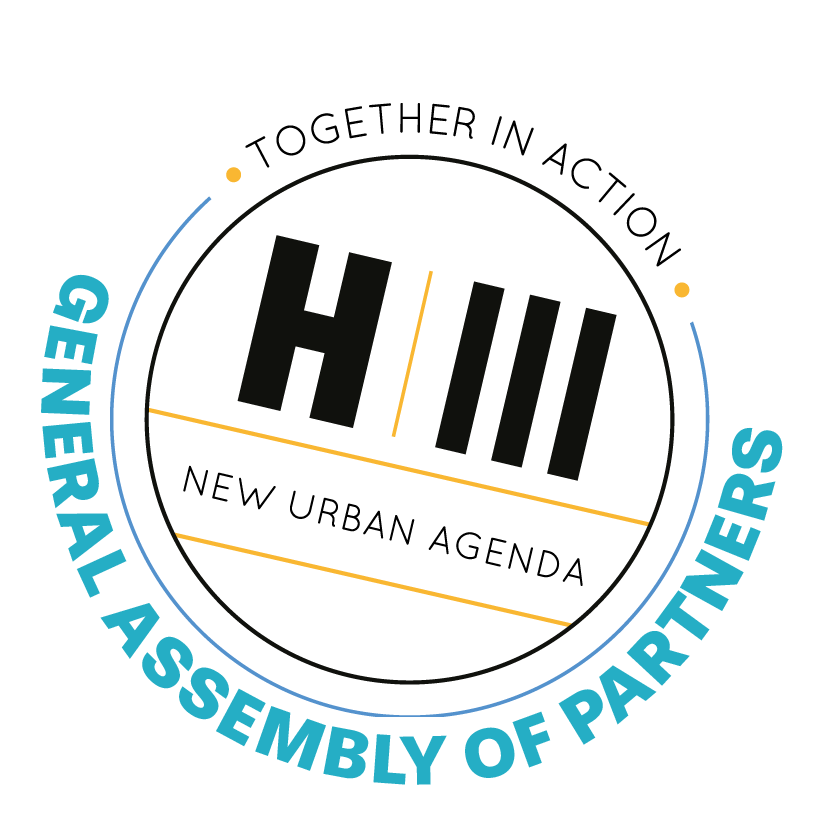GAP at Habitat III
Prior to the Habitat III Conference, the GAP wrote a letter to the Secretary General and the President of the General Assembly as well as the Department of General Assembly Conference Management requesting that 16 seats be allocated in the Habitat III plenary to enable equal representation of each of the PCGs, instead of the traditional 9 seats for “Major Groups” of Agenda 21 and 3 seats for “Other Stakeholders.” This was granted, and although the seats did not reflect the names of each group, there were 16 seats in the Habitat III Plenary to reflect these 16 PCGs.
In addition to responding to the letter from GAP, Secretary General Ban Ki-Moon elected to spend some of his time in Quito meeting with the GAP Executive Committee to understand this new system of collaborative stakeholder engagement.
The 16 PCGs of GAP were invited by the Habitat III Secretariat to collaborate on and propose speakers and content for 16 Stakeholders’ Roundtables that took place at the Habitat III Conference. These Stakeholders Roundtables were held successfully and focused on what each PCG would contribute and work on during the implementation of the New Urban Agenda. The relevant PCGs related to the Assemblies were also invited to propose and contribute to those. This approach enabled stakeholder-managed agendas to become part of the official program, and each PCG had a large degree of control over each individual event.
During the Habitat III Conference, the GAP also managed the Stakeholder Caucus Room, which it invited civil society and constituency groups to use in order to give space and enable caucusing of stakeholder groups throughout the Conference. It used the GAP Lounge area for a similar purpose, inviting member organizations and affiliates, as well as new groups to share the spaces for side meetings to enable stakeholders to engage with colleagues, new partners, and Member States in Quito.
GAP has been mentioned in paragraph 128 of the New Urban Agenda (A/RES/71/256) as an independent entity that contributed to the process. GAP was acknowledged by the U.N. Secretary General, many Member States, and U.N. Agencies as an innovative approach to bringing urban stakeholders views to the process, particularly in its efforts to include previously under-represented constituencies such as the grassroots, older persons, and persons with disabilities. Throughout the process, GAP was widely encouraged to continue its work toward the implementation of the New Urban Agenda.
